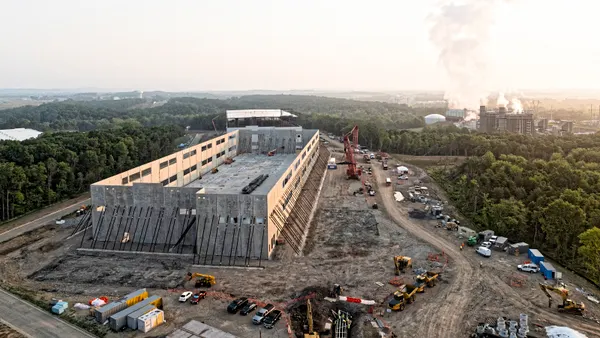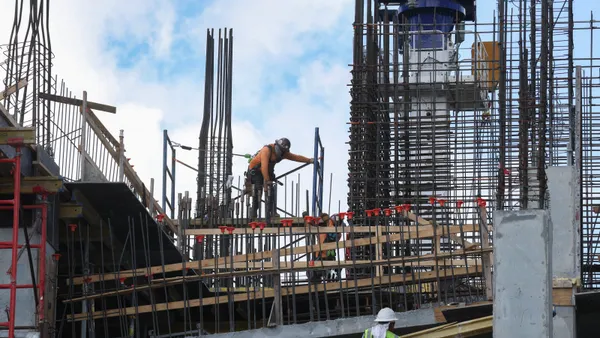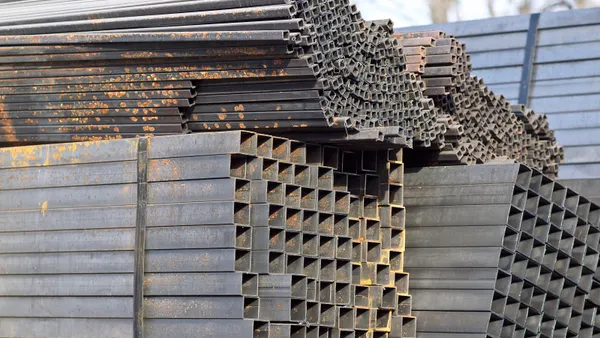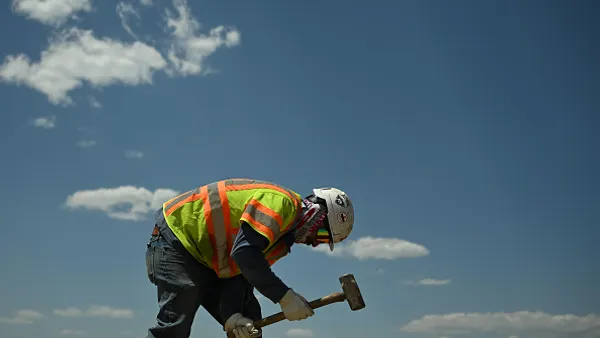Dive Brief:
-
New or planned public transit projects drive up nearby property values and rents, according to Realtor.com. In some U.S. cities, single-family homes near transit stops can cost 2% to 32% more than their counterparts, while condos can cost 2% to 18% more.
-
Along New York City's $4.5 billion new Second Avenue subway line, median list prices for homes near three stops on the East Side have risen 4.6% since the railway opened on Jan. 1. Those prices have risen 11.1% in the past three years and are projected to grow faster going forward.
-
Rent for a one-bedroom apartment in the same area, which had been under construction for nearly 10 years, rose 6.3% near one stop and 5.9% near another, revealing lingering housing demand in anticipation of the new transit stops.
Dive Insight:
Access to transit is known to add value to homes. A recent Redfin study found that, on average, home prices grew by 0.6% ($2,040) if they experienced a single-point rise in their Transit Score — Redfin's measure of a location's accessibility to public transportation. Homes in highly congested metro areas such as Atlanta and Boston saw gains of 1.13% ($1,901) and 1.10% ($3,585), respectively, with a one-point Transit Score increase. Homebuyers say commute times are important when considering where to buy — especially given that homeowners typically purchase homes farther from work than they previously lived.
Transit-oriented developments are getting a boost from consumers who increasingly demand walkability and easy access to public transportation that allows them to commute to work or for recreation without relying on a car. In a 2015 report, the Urban Land Institute revealed that more than half of Americans and 63% of millennial Americans prefer to live somewhere that doesn’t require them to use a car often.
Developers, too, can benefit from building projects near transit. For one, demand is strong among buyers of all classes in cities to live near transit. Additionally, developers can seek potential tax credits for including low- and middle-income housing in their projects, while also creating a potential tax boon for their cities.
Still TODs and their surrounding developments can lead to the rapid gentrification of areas, pushing out long-time residents who are no longer able to afford rising rents. Recent research from the University of California at Los Angeles found that areas in Los Angeles County near transit stations were rapidly gentrifying as landlords, seeing their property values increase, pushed out existing residents by raising rents, attracting more affluent renters in their place.
Portland, OR, too, is grappling with how to prevent gentrification along its forthcoming MAX light-rail line expansion in the city's Southwest Corridor. An earlier light-rail expansion priced out residents, prompting city officials to work with the transit agency on ways to prevent similar dislocations for the proposed new phase.













